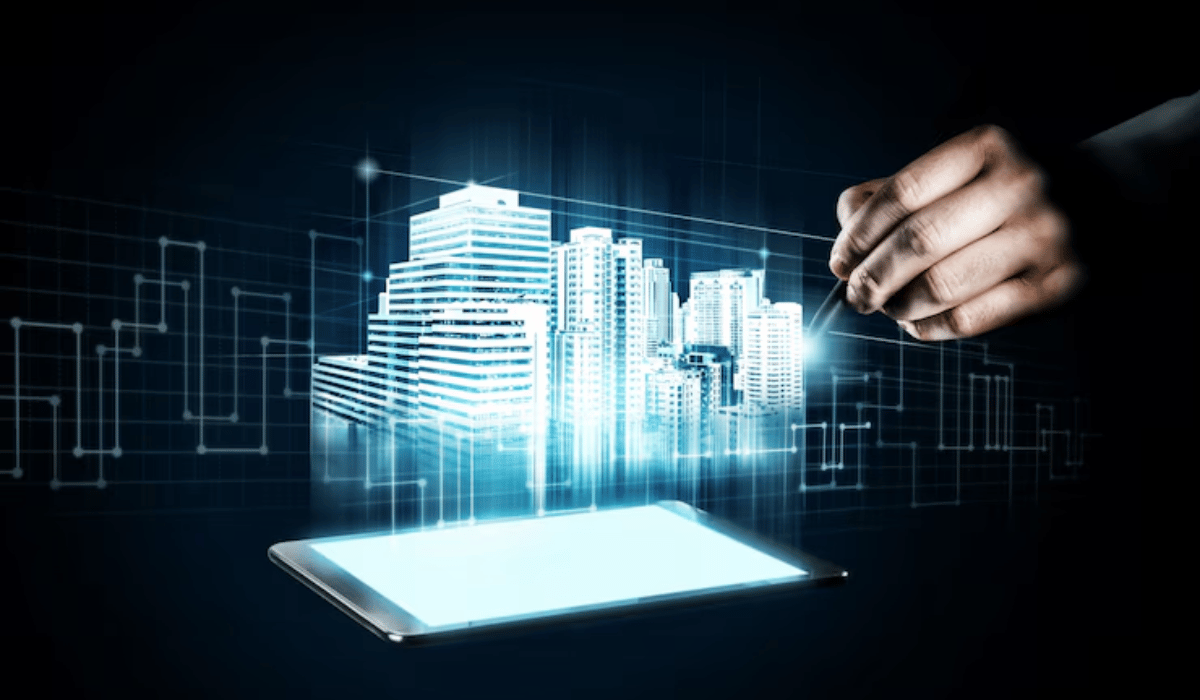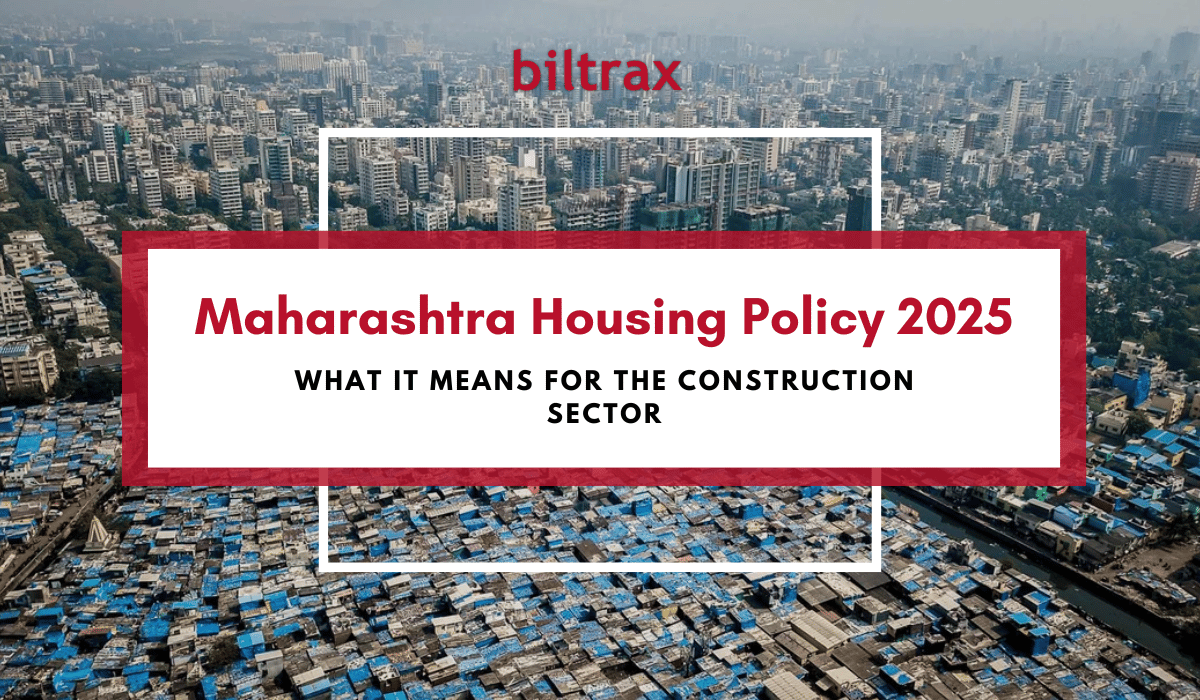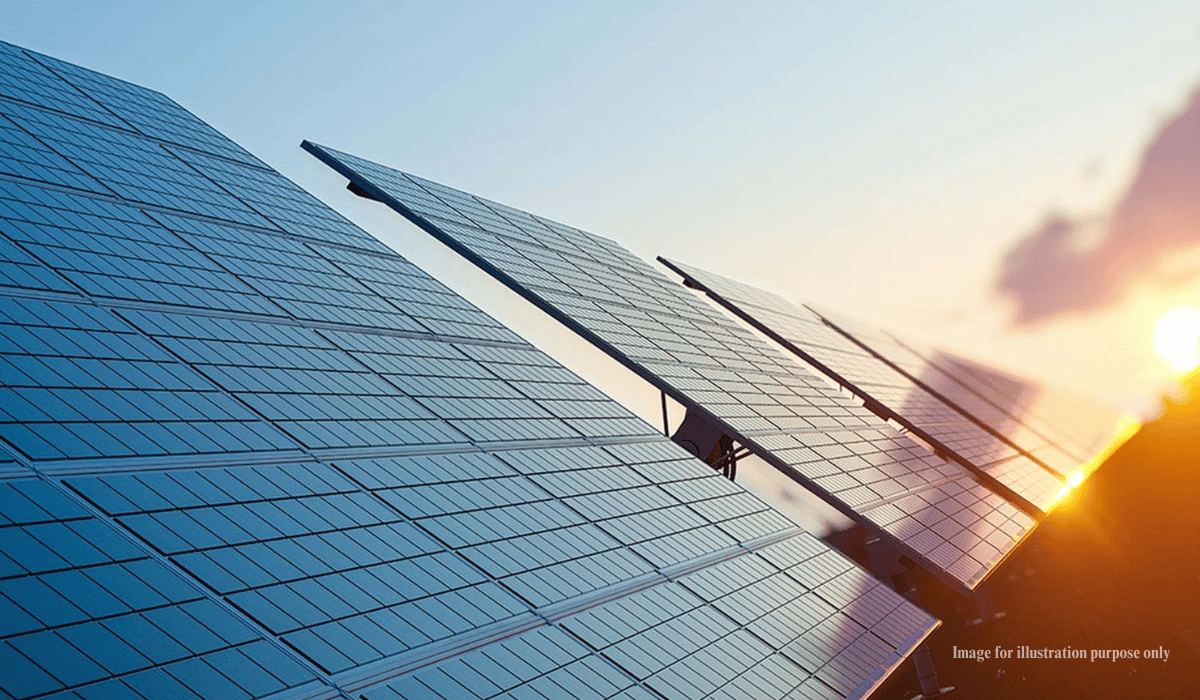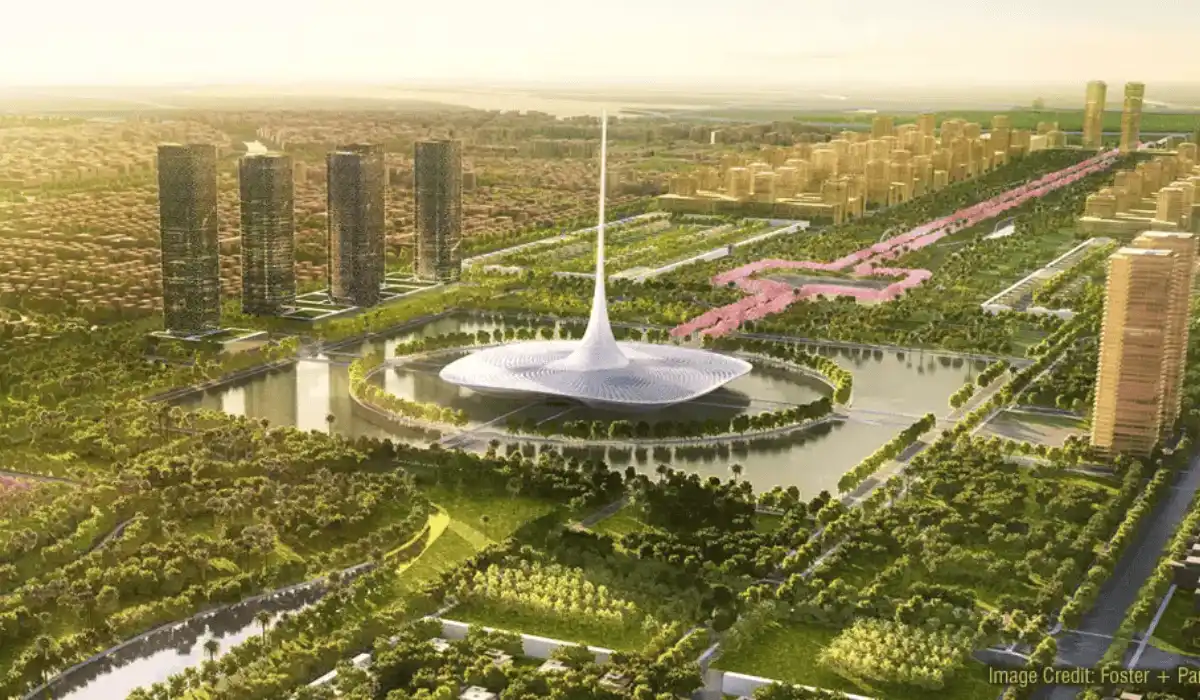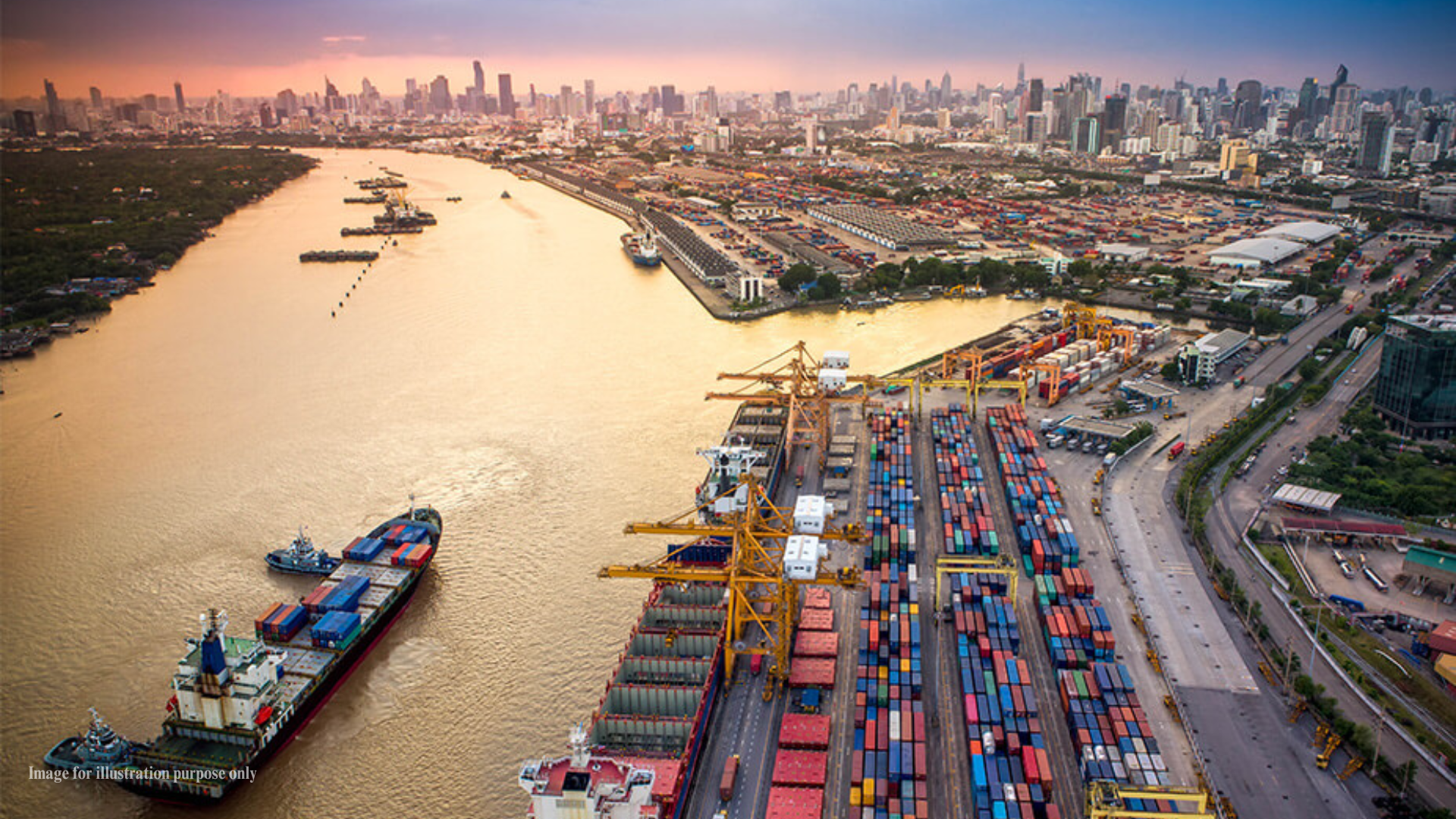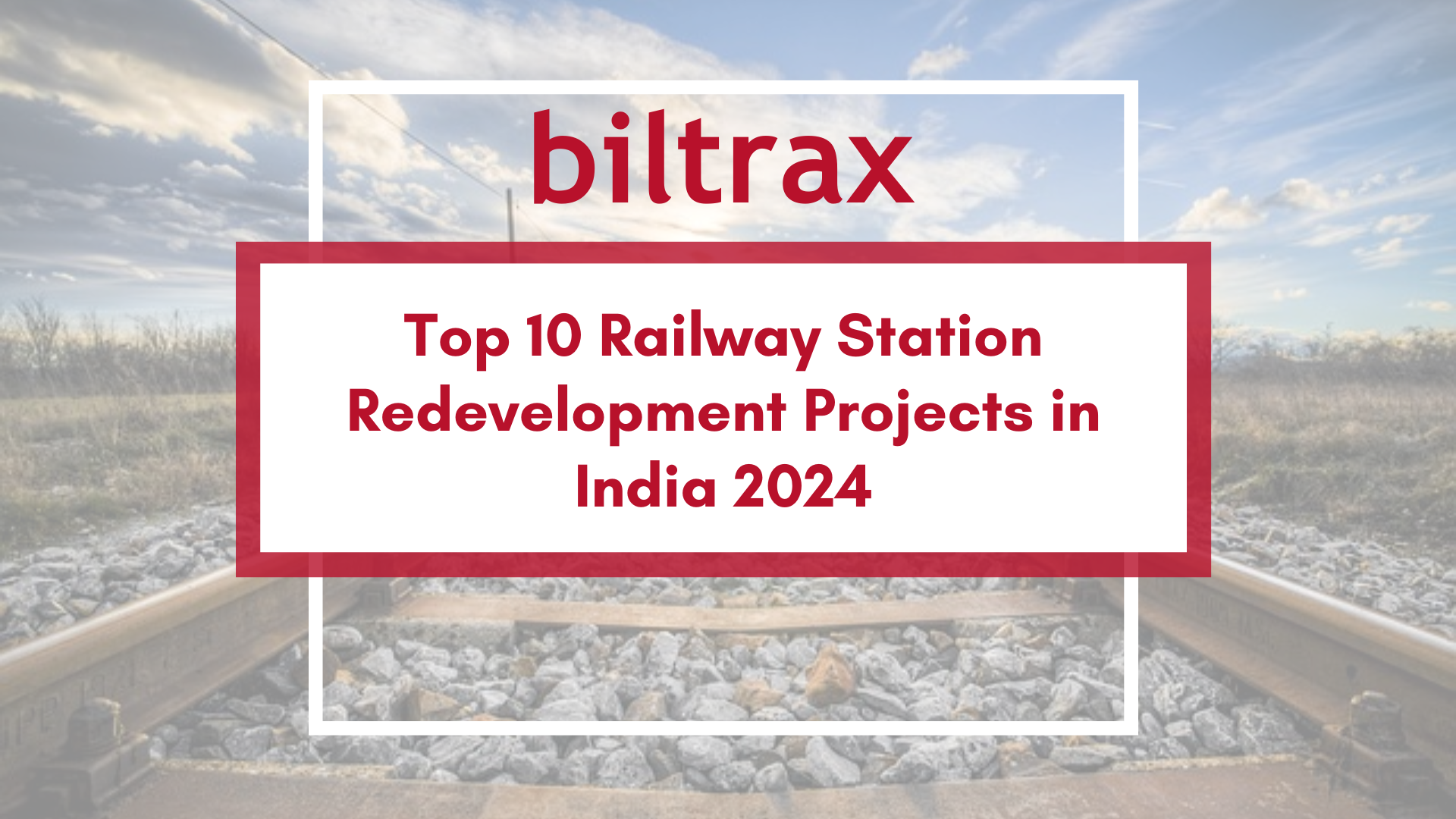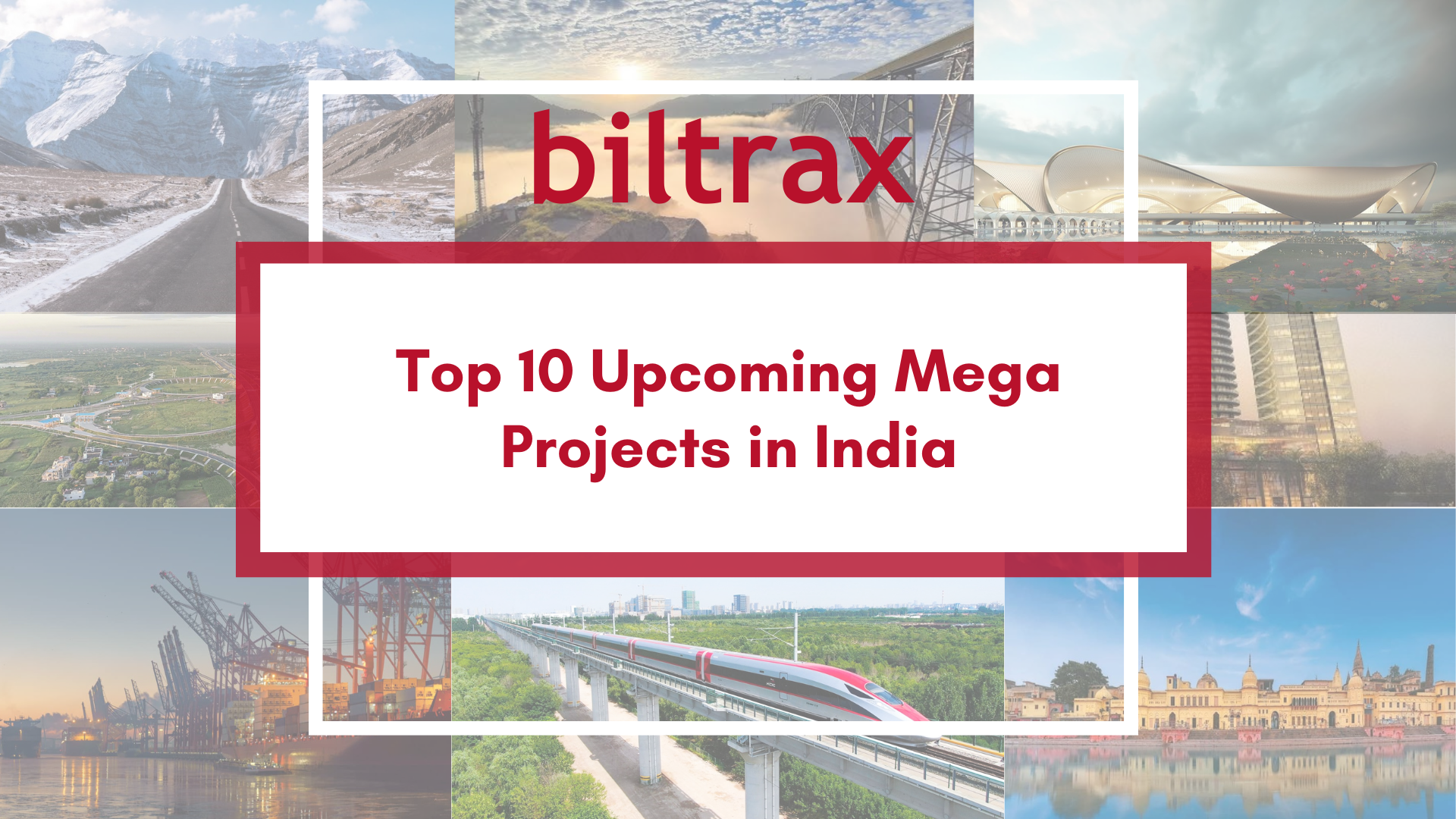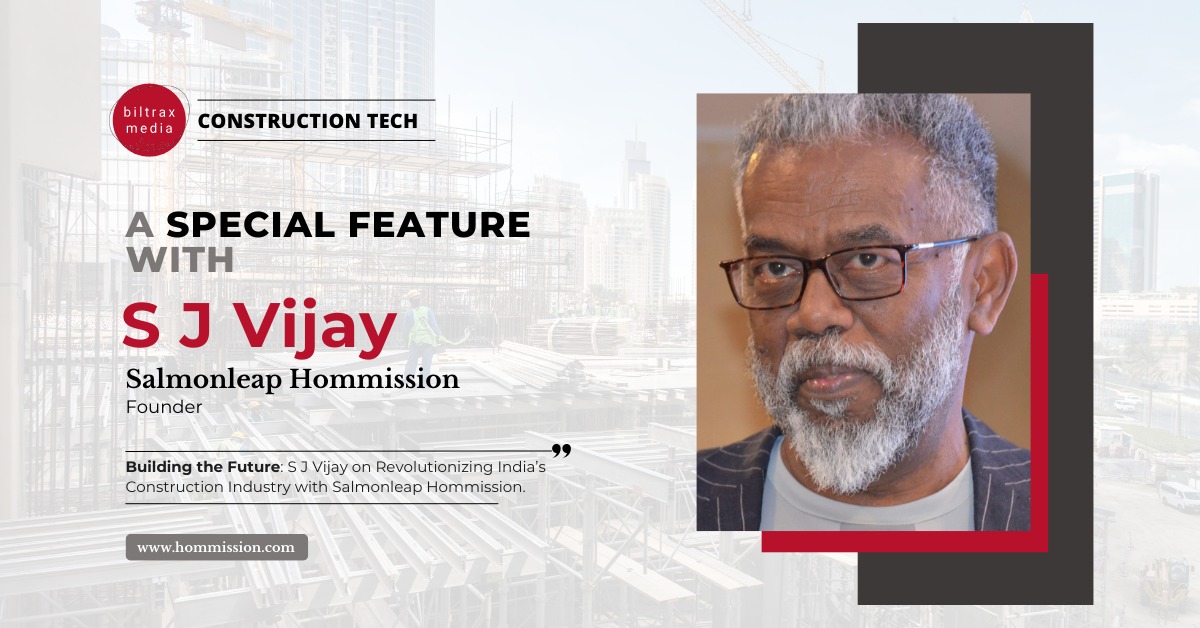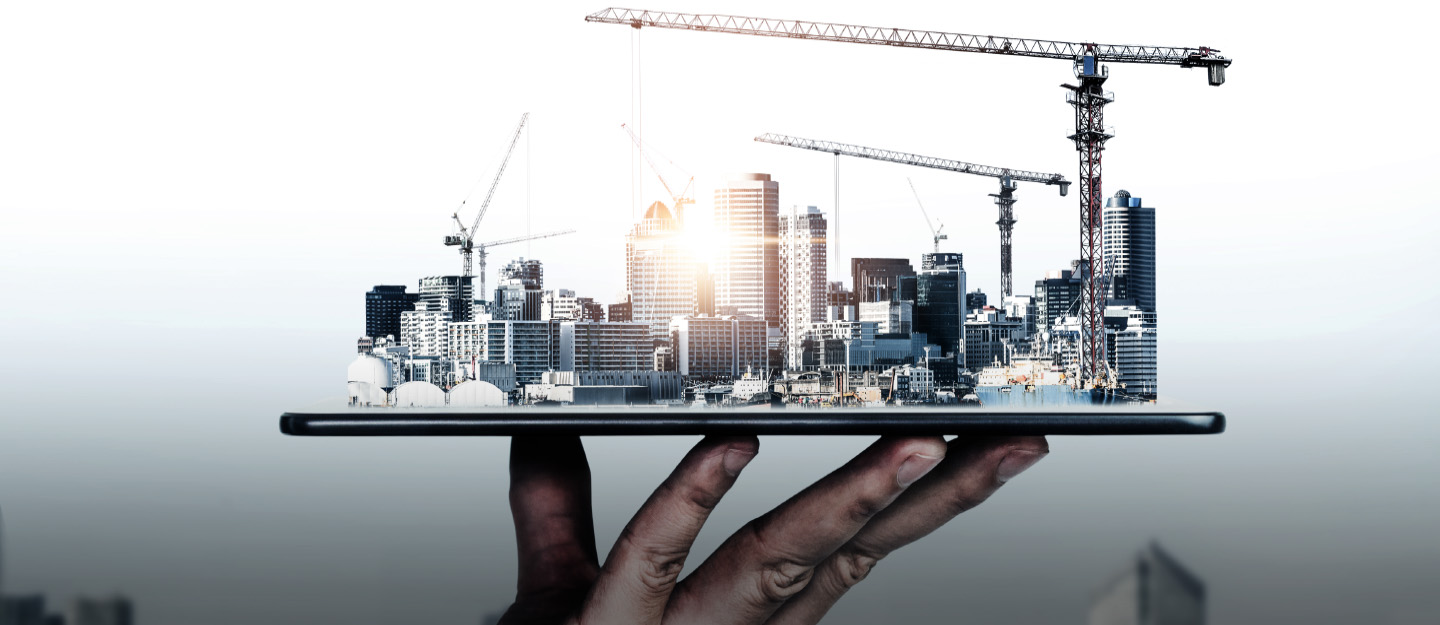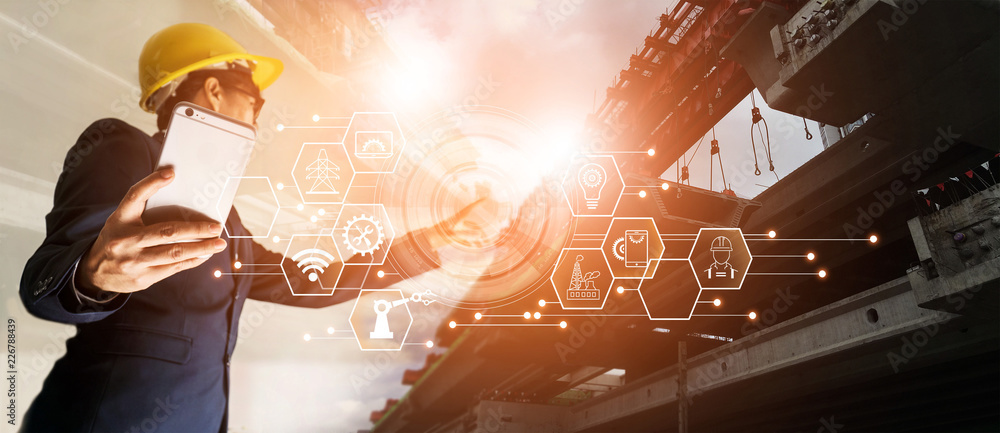As the world moves deeper into the era of digital transformation, the construction industry is experiencing a technological renaissance. In 2025, smart building technologies are no longer futuristic add-ons—they are fast becoming the standard. With a growing emphasis on sustainability, occupant comfort, energy efficiency, and operational intelligence, the built environment is evolving to integrate cutting-edge systems that redefine how we interact with our physical spaces.
What are Smart Buildings?
A smart building is a structure embedded with modern technology. These include the integration of automated processes, including IoT (Internet of Things), data analytics, and automation to monitor, control, and optimize building operations. The data collected from the above is applied with the help of Artificial Intelligence (AI) and machine learning.
Use of smart building technology enhances user comfort with features like temperature control, climate control settings, automated daylight strategies, biometric security, as well as remote monitoring via applications. The goal is to create more responsive, efficient, and user-friendly spaces that adapt to real-time conditions and long-term trends.
Evolution of smart buildings:
The concept of smart buildings traces back to the 1960s with the introduction of programmable logic controllers. As digital technologies matured through the 2000s, construction began to integrate automation, initially in systems like HVAC and lighting. Today, smart buildings represent a holistic convergence of IoT, AI, data analytics, and integrated systems, changing how buildings are designed, built, and operated.
Also Read: India-Middle East-Europe Economic Corridor (IMEEC)

Redefining Construction through Smart Building Tech
Smart buildings are not defined solely by what they do after completion. In 2025, the “smartness” begins at the planning table. Developers, contractors, and technology partners are increasingly collaborating from Day 1 to embed digital infrastructure into the very bones of a building.
Let’s break down how construction processes are being reshaped:
1. Digital Twin Integration during Design and Execution
Construction firms are now using digital twins from the pre-construction stage. Unlike traditional 3D models, digital twins are dynamic, data-fed replicas of physical buildings. They allow real-time tracking of construction progress, simulation of energy loads, and even predictive maintenance strategies.
On-site impact: Errors are identified early, clashes are resolved before breaking ground, and schedules are tightly monitored through simulation models, reducing delays and material wastage.
2. Smart Materials and Embedded Sensors
Materials used in modern buildings are getting smarter. In 2025, developers are using prefabricated components embedded with IoT sensors—such as concrete with humidity or temperature sensors – to monitor curing quality, structural health, and long-term durability.
On-site impact: These smart materials provide live feedback during and after construction, ensuring quality control while reducing the need for manual inspections.
3. Building Automation Systems (BAS) as Core Infrastructure

Traditionally, building automation systems (HVAC, lighting, access control, etc.) were add-ons, installed post-construction. In 2025, construction teams are integrating these systems during the structural and MEP planning stages.
On-site impact: Coordinated civil and services planning prevents rework. Ducting, cabling, and sensor layouts are embedded during execution, saving both cost and time while improving system performance post-handover.
4. Modular Construction with Smart Configurations
Modular and prefabricated construction continues to grow in 2025, driven by the need for faster and cleaner builds. These modules are now being delivered with plug-and-play smart features—wired for automation, climate control, and fire safety systems.
On-site impact: Reduced site labor, increased consistency in quality, and faster commissioning of smart systems during final assembly.
5. AI-Driven Project Management and Predictive Analytics
AI tools are now commonly used to track project timelines, labour productivity, and equipment utilisation. Combined with data from drones and IoT sensors, AI platforms predict bottlenecks, suggest material ordering schedules, and even anticipate safety hazards.
On-site impact: Streamlined decision-making, reduction in idle time, and improved resource planning across large, multi-phase projects.
6. Green Building Certifications and Compliance Automation
Smart buildings often target certifications such as LEED, IGBC, or GRIHA. In 2025, construction tech platforms are helping firms track sustainability KPIs—energy models, water usage forecasts, material lifecycle impacts—automatically during execution.

On-site impact: Ensures real-time alignment with green standards, improves documentation accuracy, and speeds up compliance audits.
7. Enhanced Safety Through Smart Wearables and Surveillance
Worker safety is a major concern on Indian construction sites. Smart helmets, GPS-enabled wearables, and AI-powered CCTV systems are now being deployed to monitor worker health, track movement in hazardous zones, and prevent onsite incidents.
On-site impact: Real-time alerts reduce accidents; safety compliance becomes measurable and enforceable.
Also Read: A Look at India’s Top Upcoming Ambitious Infrastructure Projects
Sectoral Impact: Building Smarter Across the Board
Residential
Developers are integrating smart home infrastructure—IoT-enabled locks, energy meters, and HVAC systems—during construction. This boosts asset value and buyer appeal while ensuring long-term efficiency.
Commercial
Commercial construction in India is rapidly adopting automation-ready building envelopes, smart facades, and integrated BMS wiring during construction. Reduced operational costs, easier compliance with green building norms, and better tenant retention make it a default strategy in Grade-A projects.
Industrial
Smart industrial buildings integrate advanced fire systems, surveillance networks, and environmental controls during the build phase. The construction now involves safety-first designs, clean room considerations, and high-load smart materials embedded with sensors – critical for sectors like pharma, logistics, and electronics.
Conclusion: Building Smarter, Right from the Start
In 2025, smart buildings are not just about tech-enabled operations after handover; they’re about constructing smarter from day one. For construction stakeholders, this means shifting from siloed, reactive project management to a data-driven, collaborative approach where technology enhances every brick laid and every wire installed. The future of construction isn’t just faster: it’s intelligent, sustainable, and deeply integrated.
Also Read: Top 10 Upcoming Mega Projects in India

References:
Smart Buildings | Technology Trends and Innovations
What are smart buildings? | Cognizant
Smart Buildings | Schneider Electric India

Biltrax Construction Data is tracking 35,000+ projects on their technology platform for their clients.
Get exclusive access to upcoming projects in India with actionable insights. Gain a further competitive advantage for your products in the Indian Construction Market.
Visit www.biltrax.com or email us at contact@biltrax.com to become a subscriber and generate leads.
Disclaimer: The information herein is based upon information obtained in good faith from sources believed to be reliable. All such information and opinions can be subject to change. Furthermore, the image featured in this article is for representation purposes only. It does not in any way represent the project. If you wish to remove or edit the article, please email editor@biltrax.com.
Discover more from Biltrax Media, A Biltrax Group venture
Subscribe to get the latest posts sent to your email.




